
EXPERT
Conseil
with Dorothée Rosen
Le saphir, avec le rubis, l'émeraude et les diamants, sont les pierres précieuses les plus importantes depuis des siècles. Laissez-moi vous dire des choses que vous ne saviez probablement pas sur ce joyau populaire!
Couleur
Comme les diamants sont constitués de carbone, les saphirs sont du corindon. Dans les cristaux de corindon, des traces d'autres éléments déterminent la couleur: par exemple, le chrome créera du rose, le titane et le fer ensemble donneront du bleu. Les oligo-éléments absorbent des portions du spectre de la lumière visible, produisant la couleur que nous percevons. Le résultat est que les saphirs sont de toutes les couleurs de l'arc-en-ciel!
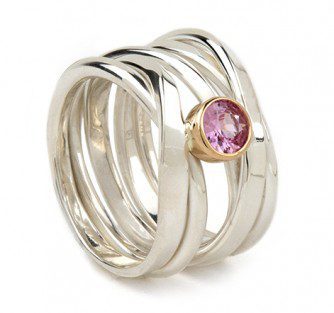 Toutes les nuances de corindon bleu sont appelées «saphir». La plupart des autres couleurs sont considérées comme des saphirs «fantaisie» et sont nommées pour leurs teintes particulières, par exemple: saphir rose ou saphir jaune. Les «saphirs blancs» sont incolores, semblables aux diamants.
Toutes les nuances de corindon bleu sont appelées «saphir». La plupart des autres couleurs sont considérées comme des saphirs «fantaisie» et sont nommées pour leurs teintes particulières, par exemple: saphir rose ou saphir jaune. Les «saphirs blancs» sont incolores, semblables aux diamants.
Parmi les saphirs bleus, le «bleu bleuet» est le plus désirable, et les pierres bleu très foncé le sont moins.
Comme l'or blanc palladium décrit dans ma dernière chronique, je préfère des matériaux plus insolites. Mes pièces présentent souvent des saphirs moins communs, naturels et non chauffés, qui présentent une variété de teintes inhabituelles - chacune étant unique.
Provenance
Les saphirs sont extraits dans le monde entier. Souvent, ils ne sont pas coupés dans le pays où ils sont extraits. Leur provenance est très rarement connue, bien qu'un laboratoire professionnel puisse identifier les origines d'un saphir, sur la base de sa géochimie et de ses inclusions.
Ma marchande de pierres précieuses, qui est l’ambassadrice de l’International Coloured Gemstone Association pour le Canada, s’est elle-même rendue en Australie et au Sri Lanka afin d’assurer les normes éthiques de l’extraction et de la taille du saphir. J'apprécie ce niveau de responsabilité et le fait qu'il existe un lien direct avec l'origine de ces pierres.
Force
Le corindon est la pierre précieuse la plus dure après le diamant. Ainsi, il est particulièrement bien adapté aux bagues. D'autres pierres sont moins durables - elles se rayent et perdent leur éclat. Les saphirs sont une pierre alternative pour les bagues de fiançailles.
Traitement
Les saphirs authentiques subissent régulièrement des traitements pour améliorer leur apparence. Différentes températures et conditions de chauffage peuvent produire une vaste gamme de résultats stables.
Les saphirs peuvent également être traités avec d'autres méthodes, telles que la diffusion ou les traitements au béryllium. Ceux-ci ajoutent d'autres éléments au corindon, modifiant la structure chimique de la pierre. Certaines de ces méthodes ne sont pas stables ou ne pénètrent que dans la surface. Un gemmologue certifié peut identifier de tels traitements.
Bien que je préfère personnellement les pierres précieuses complètement naturelles et non chauffées, les traitements thermiques sont généralement considérés comme acceptables. Cependant, d'autres traitements doivent toujours être divulgués.
Prix
Les saphirs varient considérablement en couleur et en saturation, un facteur clé dans la détermination du prix. Les pierres sombres, presque noires, ont la moindre valeur. Le plus saturé sera le plus cher.
Faits Amusants
- Le saphir est la pierre de naissance pour septembre, et la pierre pour un 45e anniversaire de mariage (vous avez maintenant le choix de la couleur!)
- Rolex et les montres Apple haut de gamme comportent du saphir créé en laboratoire dans leurs écrans pour son excellente résistance aux rayures.
- Le corindon rouge le plus foncé est appelé rubis. Par essence, les rubis sont donc des «saphirs rouges fantaisie»!
Magasiner les saphirs
-

Flow Ring No. 11 in Fairmined ECO 18k Yellow Gold with Blue Sapphire, size 8.5
$2,640.00 -

Flow Ring No. 17 in Fairmined ECO 18k Yellow Gold with Sapphire, size 7.5
$2,640.00 -

Flow Ring No. 14 in Fairmined ECO 18k Yellow Gold with Australian Sapphire, size 7
$1,880.00 -


One-of-a-Kind #K003 || Knot Earrings in 18k Yellow Gold with Australian Sapphires
$1,960.00 -


Flow Pendant No. 05 with Montana sapphire in Fairmined ECO 18k yellow gold
$1,680.00 -


One-of-a-Kind #S006 || Script OCEAN Ring in 18k Yellow Gold with Sapphire, Size 9
$5,160.00 -

One-of-a-Kind #C005 || 18k Yellow Gold Celebration Ring with Sapphire, Size 7
$1,220.00 -

One-of-a-Kind #C006 || 18k Yellow Gold Celebration Ring with Sapphire, Size 6.5
$1,690.00 -


One-of-a-Kind #338 || 3-Loop ‘OneFooter’ Ring with pink Sapphire – 18k Yellow Gold, Size 8
$3,280.00 -


One-of-a-Kind #337 || 3-Loop ‘OneFooter’ Ring with 0.29ct Montana Sapphire – 18k Yellow Gold, Size 6
$2,750.00 -


One-of-a-Kind #K002|| 18k Yellow Gold Knot Ring with Sapphire, Size 6.5
$2,790.00 -


One-of-a-Kind #309|| OneFooter Ring in 18k Yellow Gold with Sapphire, Size 8.5
$3,400.00
Subscribe to my Sunday Letters
Want to join the growing community of people who make it their morning ritual to read my Sunday Letters? Intimate stories. Care tips. Exclusive Previews.

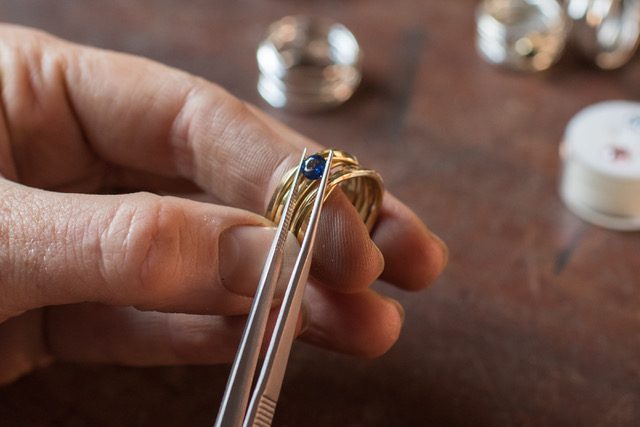
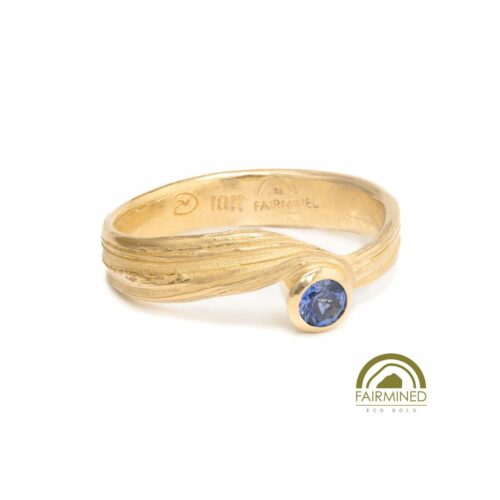
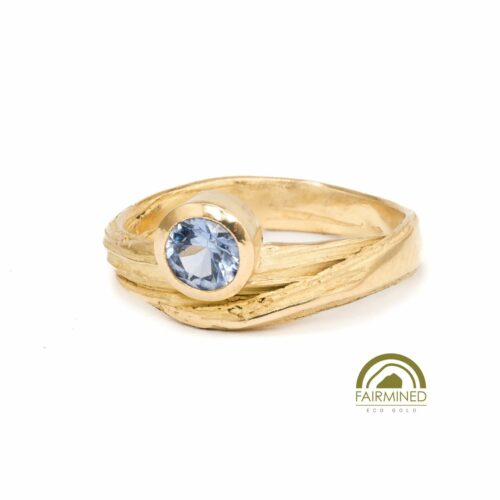
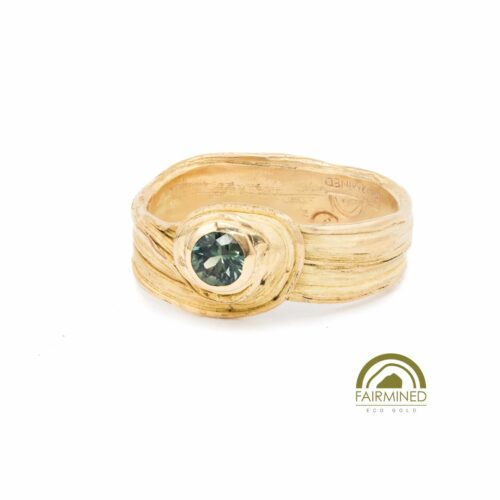
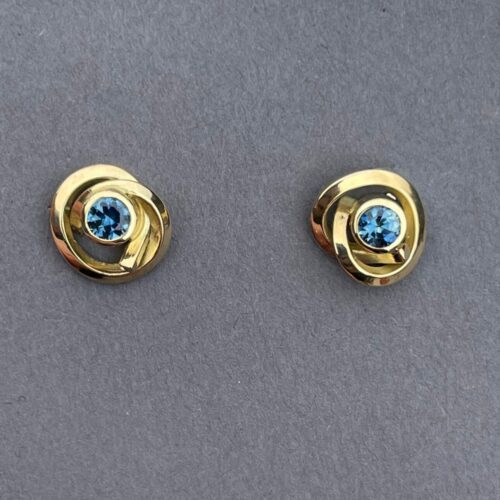
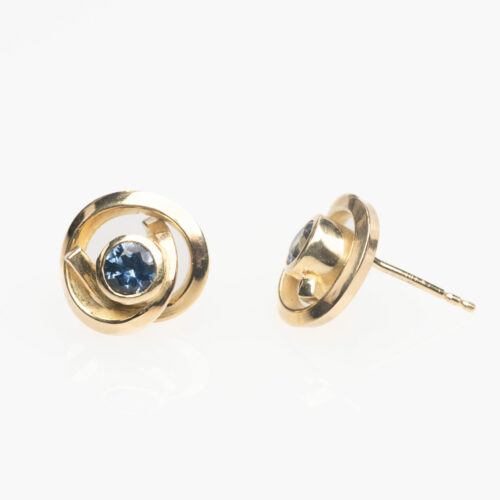
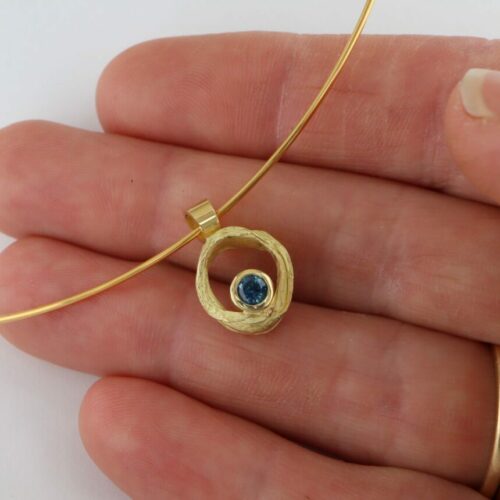
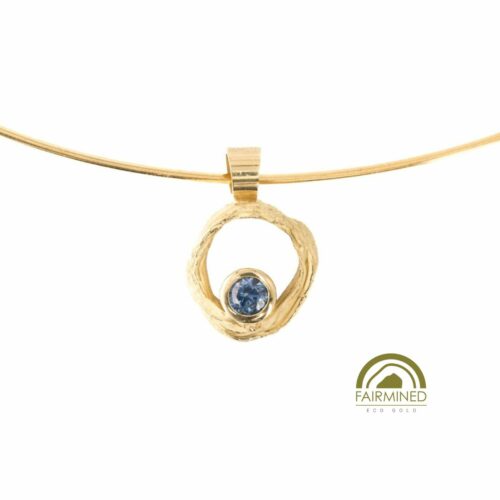
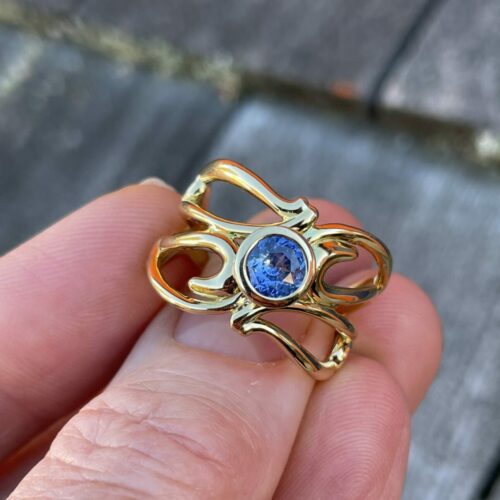
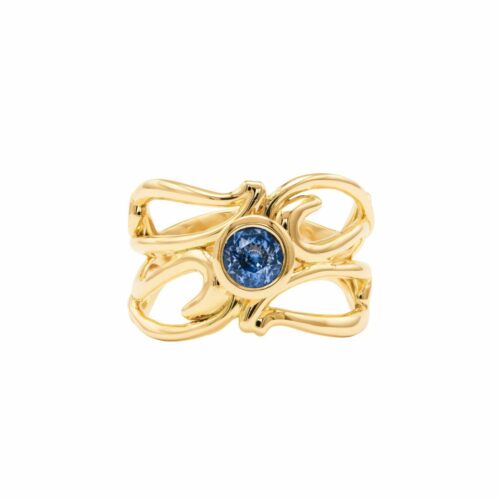

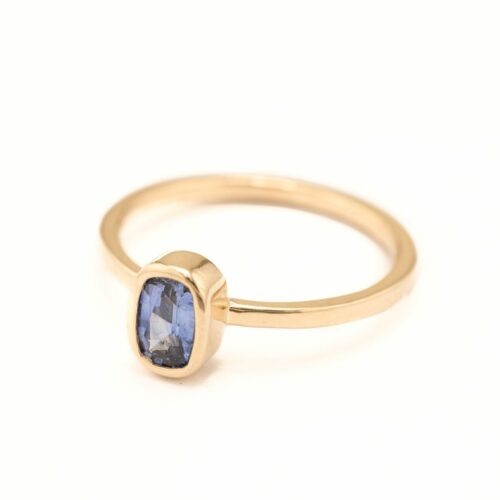
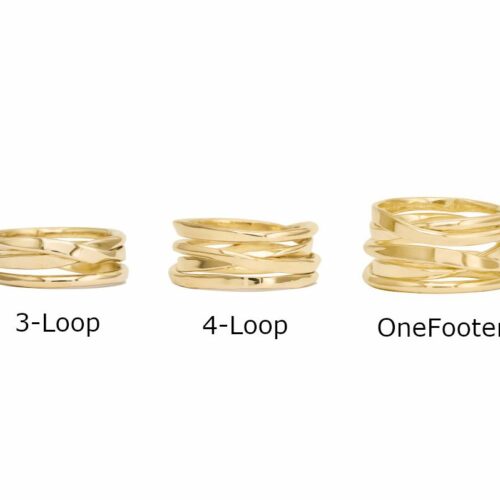
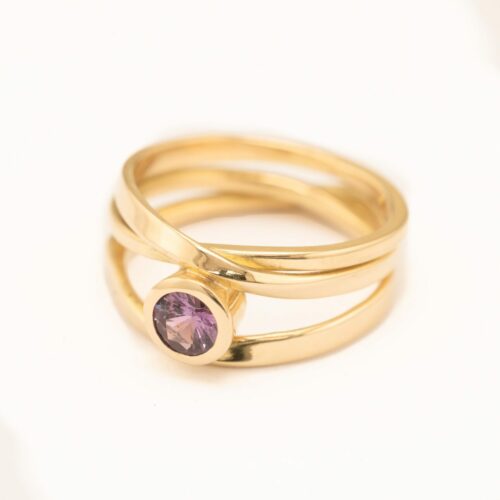
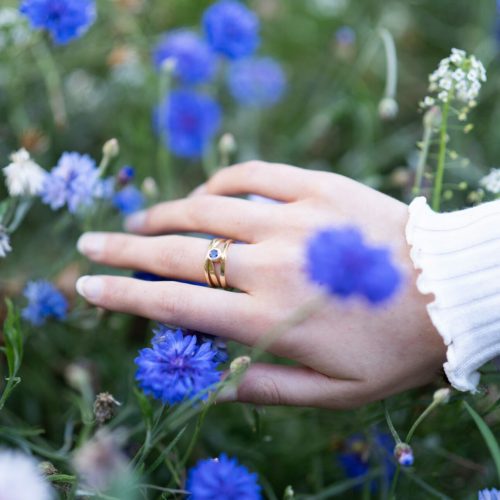
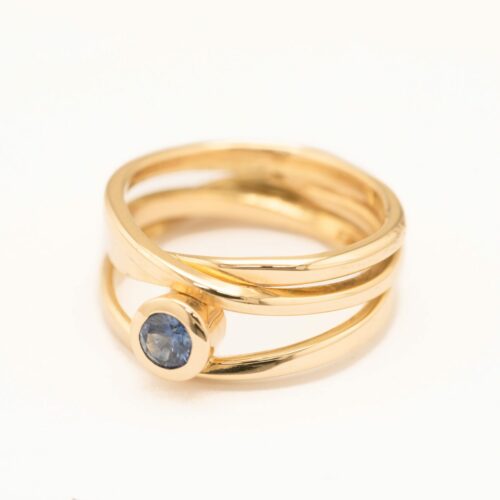
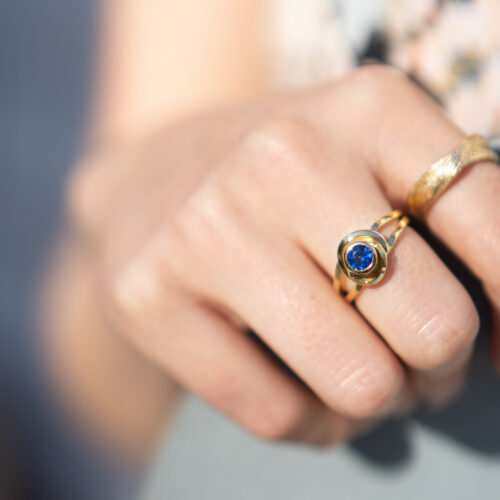
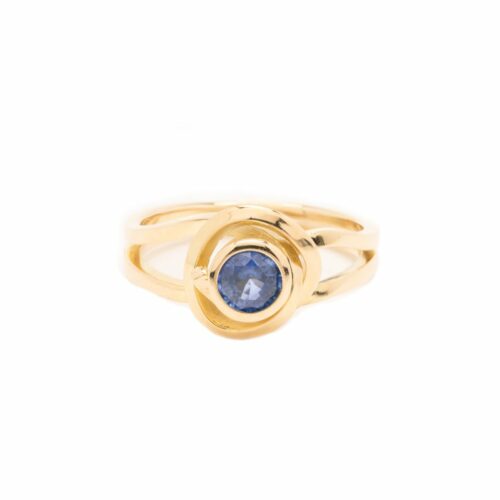
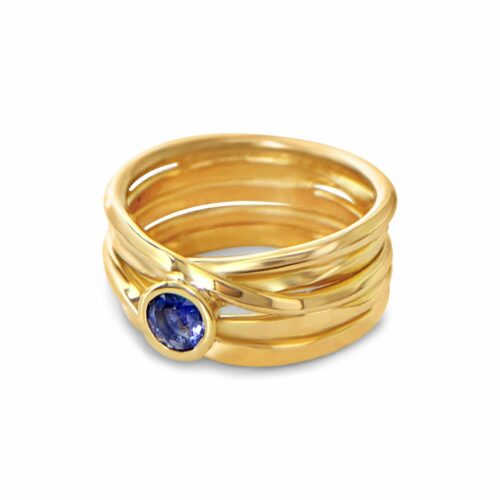


Do you make rings in white gold?
Hello Kathleen.
I am not sure which ring exactly you mean, but yes, I work in white gold! What size and gem are you looking for? A sapphire, I presume? I don’t have a white gold and sapphire ring in stock at the moment, but I can certainly custom-make one for you. Send me an email to [email protected], or book an appointment on my ‘Contact’ page, so we can have a chat about fulfilling your dream.